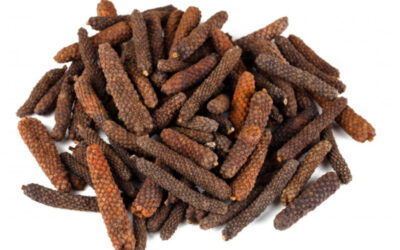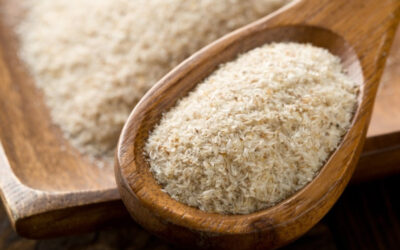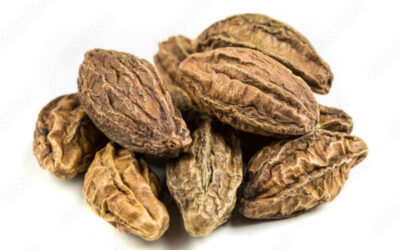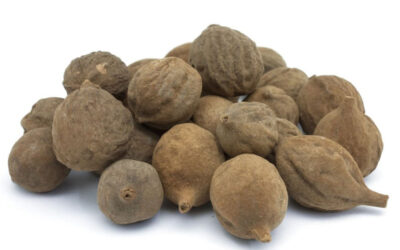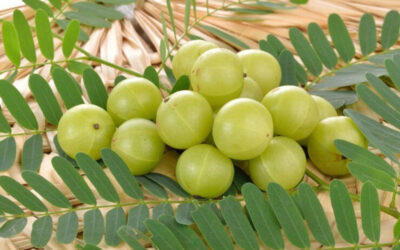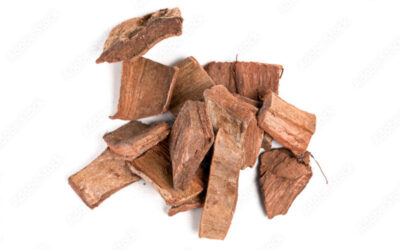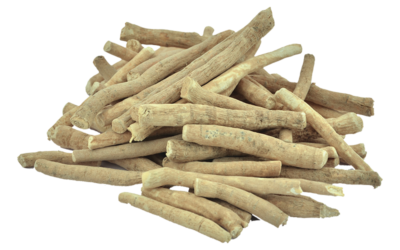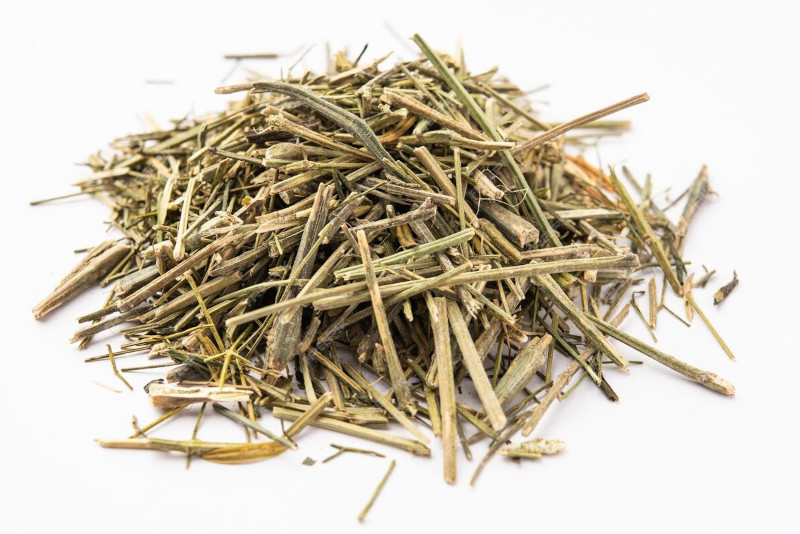
Available in 5 and 25 Kg packs
Product Details
Origin: Chirata (Swertia chirata) is native to Southeast Asia.
Production: India is the largest producer of Chirata (Swertia chirata)) in the world. Chirata is native to the Himalayan region, and India, particularly the northern and hilly regions, has been a significant contributor to its cultivation and production. Haritaki trees are typically grown in tropical and subtropical regions.
Name: This bitter-tasting herb is known by different names in different parts of the world including Bitter stick, East Indian Balmony, Genciana de la India, Gentiana chirata, Chirette des Indes, Indian Bolonong, Indian Gentian, Swertia chirata, Swertia chirayita.
Nomenclature: “Chirata” typically refers to a medicinal herb known as “Swertia chirata,” which is native to the Himalayan region and other parts of Asia. The plant is well-known for its bitter taste and has been traditionally used in various traditional medicine systems, such as Ayurveda, for its potential health benefits. In various regions and languages, chirata may also be known by different names. For instance, it is sometimes called “Chiretta” or “Chirayata” in English. The plant is recognized for its bitter compounds, and its extracts are often used in herbal formulations and traditional remedies for their reported digestive and immune-boosting properties.
Brief History:
Chirata (Swertia chirata) has a long history of traditional use in various medicinal systems, particularly in Ayurveda, the traditional medicine of India.
Chirata has been documented in ancient Ayurvedic texts, where it is referred to by names such as “Chirayata” or “Kiratatikta.” In Ayurveda, chirata is classified as a bitter herb, and it is traditionally used for its bitter taste and potential health benefits. Chirata has been an integral part of traditional medicine practices in the Himalayan region and other parts of Asia. It has been historically used for its reported medicinal properties, including its bitter taste, which is believed to stimulate digestive processes. In some regions, chirata has cultural significance and is used in traditional rituals and ceremonies. Its bitter taste is often associated with purification, and it is sometimes used symbolically to ward off evil spirits.
The botanical exploration of chirata gained momentum with the advancement of herbal medicine studies and the growing interest in traditional remedies. Researchers began to study the plant’s chemical composition and potential pharmacological properties. Over time, as interest in herbal medicine and natural remedies increased globally, chirata gained attention beyond its traditional regions. Its bitter compounds and potential health benefits led to its inclusion in various herbal formulations and dietary supplements. Due to its popularity and demand, there have been concerns about overharvesting and unsustainable collection of chirata, leading to conservation efforts to ensure its long-term availability.
It’s important to note that chirata’s historical use and significance are deeply rooted in traditional medicine systems, and its journey from traditional remedies to modern applications reflects the ongoing exploration of natural sources for health and wellness. Researchers continue to investigate its chemical composition and potential therapeutic uses in contemporary medicine.
Physical Properties:
The physical properties of Chirata (Swertia chirata) refer to the observable characteristics of the plant, including its appearance, morphology, and other features. Here are some of the physical properties of Chirata:
Plant Morphology:
• Chirata is an annual herbaceous plant with a straight stem and lanceolate leaves.
• The plant can grow to a height of about 30-120 cm.
• The leaves are arranged opposite each other along the stem.
Flowers:
• Chirata produces small, tubular, and greenish-yellow flowers.
• The flowers are usually arranged in terminal or axillary clusters.
Fruit:
• The plant produces capsules as its fruit, containing numerous small seeds.
Roots:
• The roots of Chirata are thin and fibrous.
Bitter Taste:
• One of the distinctive physical properties of Chirata is its extremely bitter taste. This bitterness is due to the presence of bitter compounds, including amarogentin.
Chemical Composition:
• Chirata contains various bioactive compounds, including amarogentin, swertiamarin, mangiferin, gentiopicroside, and xanthones.
Habitat:
• Chirata is native to the Himalayan region and is commonly found in hilly areas with a temperate climate.
Cultivation:
• When cultivated, Chirata plants exhibit green, healthy foliage during their growing season.
Drying Characteristics:
• After harvesting, Chirata is typically dried for preservation. Dried Chirata leaves may be brittle and have a crumbly texture.
It’s important to note that the physical properties of Chirata are essential considerations for those involved in its cultivation, harvest, and processing, especially in traditional medicine and herbal product manufacturing. Additionally, these physical characteristics contribute to the plant’s identification and play a role in its traditional uses and applications.
Health benefits of Chirata
Digestive Health: Chirata is known for its extremely bitter taste, and in traditional medicine, bitterness is often associated with promoting digestive processes. It may stimulate the secretion of digestive juices and enzymes, aiding in digestion.
Liver Support: Chirata has been traditionally used to support liver health. Compounds like amarogentin in Chirata are believed to have hepatoprotective properties.
Fever Reduction: In traditional medicine, Chirata has been used as an antipyretic agent to reduce fever. The plant’s bitter compounds may play a role in its fever-reducing effects.
Anti-inflammatory Properties: Some studies suggest that Chirata may possess anti-inflammatory properties, which could be beneficial in managing inflammatory conditions.
Antioxidant Activity: Chirata contains antioxidants, such as xanthones, which may help neutralize free radicals in the body and reduce oxidative stress.
Anti-microbial Effects:Research indicates that Chirata extracts may exhibit antimicrobial activity against certain pathogens, suggesting potential use in addressing infections.
Anti-diabetic Potential: Some studies have explored the anti-diabetic effects of Chirata, indicating its potential in managing blood sugar levels.
Immune System Support: Compounds found in Chirata may have immunomodulatory effects, supporting the immune system’s function.
Wound Healing: Traditional uses of Chirata include its application for wound healing. The plant’s extracts may have properties that contribute to the healing process.
Nutritional value in 100 grams of Haritaki
Chirata (Swertia chirata) is not typically consumed as a food, and therefore, its nutritional value in the way we commonly refer to it for edible items is not well-documented. However, Chirata is valued for its medicinal properties, and its compounds are often extracted for use in herbal remedies.
Uses:
Chirata (Swertia chirata) has been traditionally used in various medicinal systems, particularly in Ayurveda, for its potential health benefits. While scientific research on Chirata is ongoing, it has a history of traditional use, and some reported uses include:
- Digestive Aid: Chirata is known for its bitter taste, and in traditional medicine, bitterness is often associated with promoting digestive processes. It may stimulate the secretion of digestive juices and enzymes, aiding in digestion.
- Liver Support: Traditional uses of Chirata include its application for liver disorders. Compounds like amarogentin in Chirata are believed to have hepatoprotective properties, supporting liver health.
- Fever Reducer: Chirata has been traditionally used as an antipyretic agent to reduce fever. The bitter compounds in Chirata may contribute to its fever-reducing effects.
- Anti-inflammatory Agent: Some studies suggest that Chirata may possess anti-inflammatory properties, making it potentially useful in managing inflammatory conditions.
- Antioxidant Properties: Chirata contains antioxidants, such as xanthones, which may help neutralize free radicals in the body and reduce oxidative stress.
- Antimicrobial Effects: Research indicates that Chirata extracts may exhibit antimicrobial activity against certain pathogens, suggesting potential use in addressing infections.
- Anti-diabetic Potential: Some studies have explored the anti-diabetic effects of Chirata, indicating its potential in managing blood sugar levels.
- Immune System Support: Compounds found in Chirata may have immunomodulatory effects, supporting the immune system’s function.
- Wound Healing: Traditional uses of Chirata include its application for wound healing. The plant’s extracts may have properties that contribute to the healing process.
